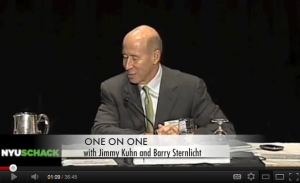Feb. 13 (Bloomberg) — Construction of multifamily units will lead the U.S. building industry again this year, allowing housing to contribute to growth for the first time in seven years, according to economists Michelle Meyer and Celia Chen.
Work will begin on about 260k apartment buildings and townhouse developments in 2012, up 45% from last year and the most since ’08, according to Meyer, a senior economist at Bank of America Corp. in New York. Chen, an economist at Moody’s projects a record 74% jump to 310k.
Homeownership rates, which have declined to the lowest levels since ’98, may keep dropping as the foreclosure crisis turns more Americans into renters. In addition, household formation will probably accelerate as an improving economy and growing employment embolden more people to stop sharing residences and strike out on their own.
“Given the ongoing shift from owning to renting, there is increasing demand for multifamily construction,” Meyer said in an interview. See the whole Bloomberg piece here: Foreclosures are transitioning people out of ownership

